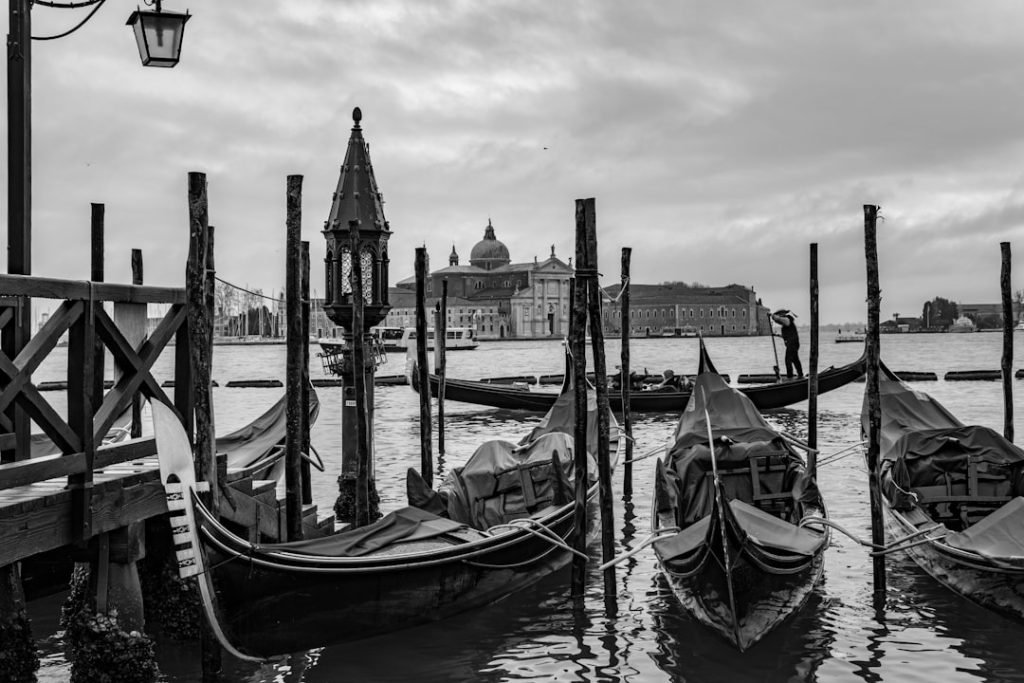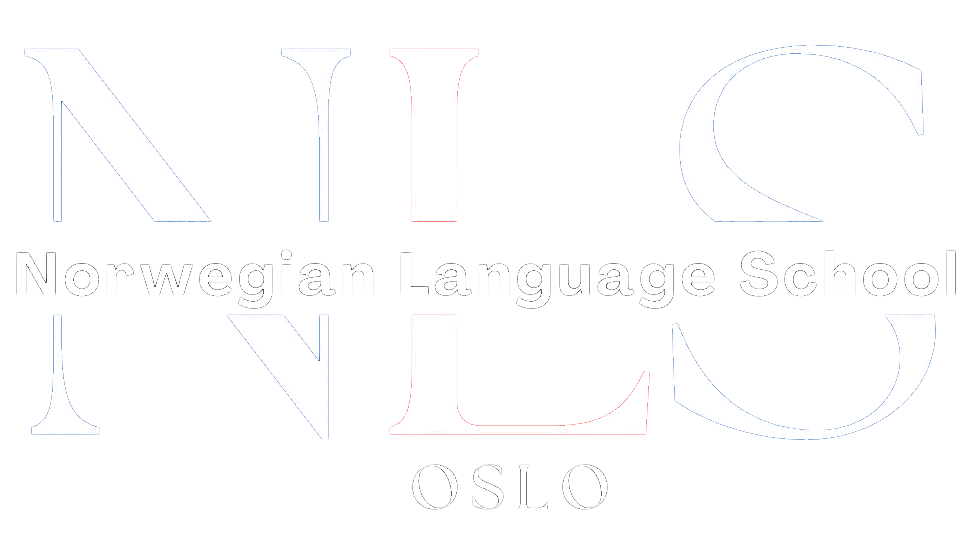

Navigating the City: Basic Norwegian Phrases and Transportation Vocabulary
Norway is a beautiful country known for its stunning landscapes and vibrant cities. Navigating the cities in Norway can be an exciting and rewarding experience, as the country has a well-developed transportation system that makes it easy to get around. Whether you’re exploring Oslo, Bergen, or Trondheim, you’ll find a variety of transportation options available to help you navigate the city.
Table of Contents
ToggleEssential Norwegian Phrases for Getting Around
When visiting a foreign country, it’s always helpful to know a few key phrases to help you get around. In Norway, English is widely spoken, especially in major cities, but it’s still useful to know some basic Norwegian phrases. Here are a few essential phrases for getting around:
– “Unnskyld, hvor er…” (Excuse me, where is…)
– “Takk” (Thank you)
– “Hvor er busstoppet?” (Where is the bus stop?)
– “Hvor er togstasjonen?” (Where is the train station?)
– “Kan du hjelpe meg?” (Can you help me?)
– “Hvor mye koster en billett?” (How much does a ticket cost?)
Understanding the Norwegian Public Transportation System
Norway has an efficient and reliable public transportation system that makes it easy to get around the cities. The system includes buses, trams, trains, and ferries, which are all interconnected and well-coordinated. The public transportation system in Norway is known for its punctuality and cleanliness.
Buses are the most common mode of public transportation in Norwegian cities. They operate on fixed routes and schedules, making it easy to plan your journey. Trams are also available in some cities, providing a convenient way to travel within the city center.
Trains are another popular mode of transportation in Norway. They connect major cities and towns, offering a comfortable and scenic way to travel. The train system in Norway is known for its efficiency and reliability.
Ferries are an important mode of transportation in Norway, especially in coastal areas and the fjords. They provide a unique way to explore the stunning landscapes of Norway and connect different parts of the country.
Types of Transportation Available in Norwegian Cities
In addition to public transportation, there are several other modes of transportation available in Norwegian cities. These include taxis, bicycles, and walking.
Taxis are readily available in Norwegian cities and can be hailed on the street or booked through a taxi app. Taxis in Norway are known for their high quality and professionalism. However, they can be quite expensive compared to other modes of transportation.
Bicycles are a popular mode of transportation in Norway, especially in cities like Oslo and Bergen. Many cities have bike-sharing programs that allow you to rent a bike for a short period of time. Cycling is a great way to explore the city and enjoy the beautiful scenery.
Walking is also a viable option for getting around Norwegian cities, especially if you’re staying in the city center. Most cities have well-maintained sidewalks and pedestrian-friendly areas, making it safe and enjoyable to walk around.
How to Purchase Tickets for Public Transportation
Purchasing tickets for public transportation in Norway is easy and convenient. Here is a step-by-step guide on how to purchase tickets:
1. Determine your destination and the type of transportation you’ll be using (bus, tram, train, or ferry).
2. Find a ticket machine or ticket office at the station or stop.
3. Select the type of ticket you need (single ticket, day pass, etc.).
4. Pay for your ticket using cash or card.
5. Once you have your ticket, make sure to validate it before boarding the vehicle or entering the station.
It’s worth noting that some cities in Norway have transitioned to a cashless system, where you can only purchase tickets using a card or mobile payment. Make sure to check the local regulations and payment options before purchasing your ticket.
Tips for Using Taxis in Norway
Taxis are a convenient mode of transportation in Norway, especially if you’re traveling with heavy luggage or need to get somewhere quickly. Here are some tips for using taxis in Norway:
1. Look for official taxis with a taxi sign on the roof and a taxi license plate.
2. Taxis in Norway are metered, so make sure the meter is running when you start your journey.
3. It’s customary to tip the taxi driver in Norway, usually around 10% of the fare.
4. If you’re unsure about the fare or have any concerns, don’t hesitate to ask the driver for a receipt or contact the taxi company.
Navigating Norwegian Train Stations
Norway’s train system is an efficient and comfortable way to travel between cities and towns. When navigating train stations in Norway, here are some tips to keep in mind:
1. Arrive at the train station early to allow enough time to find your platform and board the train.
2. Look for information boards or screens that display train schedules and platform numbers.
3. If you’re unsure about which train to take or where to go, don’t hesitate to ask station staff for assistance.
4. Make sure to validate your ticket before boarding the train, either at a ticket machine or at the platform entrance.
Understanding Norwegian Road Signs
If you’re planning on driving in Norway, it’s important to understand Norwegian road signs. Here are some common road signs in Norway and what they mean:
– “Stopp” (Stop): This sign indicates that you must come to a complete stop before proceeding.
– “Fartsgrense” (Speed limit): This sign indicates the maximum speed limit for the road you’re on.
– “Vikeplikt” (Give way): This sign indicates that you must yield to traffic on the main road.
– “Enveiskjøring” (One-way): This sign indicates that the road is for one-way traffic only.
– “Parkering” (Parking): This sign indicates a parking area or parking restrictions.
It’s important to familiarize yourself with these signs and follow them while driving in Norway to ensure your safety and the safety of others on the road.
Safety Tips for Traveling in Norwegian Cities
Norway is generally a safe country to travel in, but it’s always important to take precautions to ensure your safety. Here are some safety tips for traveling in Norwegian cities:
1. Be aware of your surroundings and keep an eye on your belongings at all times, especially in crowded areas.
2. Avoid walking alone late at night, especially in unfamiliar or poorly lit areas.
3. Use reputable taxi companies and avoid unlicensed taxis.
4. Be cautious of pickpockets, especially in crowded tourist areas.
5. If you’re approached by someone asking for money or trying to sell you something, politely decline and walk away.
Common Norwegian Phrases for Asking for Directions
Here are some more common phrases for asking for directions and navigating the city:
– “Hvor er nærmeste busstopp?” (Where is the nearest bus stop?)
– “Hvordan kommer jeg til…” (How do I get to…)
– “Er det langt å gå?” (Is it far to walk?)
– “Kan du vise meg på kartet?” (Can you show me on the map?)
– “Er det en togstasjon i nærheten?” (Is there a train station nearby?)
Navigating the cities in Norway is made easy by its well-developed transportation system. Whether you choose to take the bus, tram, train, ferry, taxi, bicycle, or simply walk, you’ll find that getting around is convenient and efficient. By familiarizing yourself with the essential Norwegian phrases for getting around and understanding the public transportation system, you’ll be able to explore Norway’s cities with ease. So go ahead and immerse yourself in the beauty of Norway’s cities and transportation system.
If you’re interested in learning more about expressing opinions and feelings in Norwegian, check out this related article: Expressing Opinions and Feelings in Norwegian. It’s a great resource for expanding your language skills and improving your ability to communicate effectively in Norwegian.

Norwegian A1-A2
Course Overview The Norwegian A1-A2 course is an online program focused on teaching essential Norwegian grammar and vocabulary. It includes a variety of materials and topics, with opportunities to interact with a Norwegian teacher entirely online. Curriculum Highlights The course covers key areas such as grammar and vocabulary and topics such as family, daily life, education, work, traditions, and leisure activities. Who Should Enroll? This course is perfect for beginners or those at the A1 or A2 levels who want to improve their Norwegian skills. What You Get Access to the full Norwegian A1-A2 course. A monthly 1-hour online conversation with a teacher. Many written and oral assignments. Comprehensive information on Norwegian grammar, Norwegian vocabulary and how to use them, important sentence structures, etc. Tips on additional resources to further enhance your Norwegian learning.
0 students enrolled
Last updated Dec 10th, 2024
If you want to learn Norwegian, you can register for classes here. We look forward to hearing from you and helping you become fluent in Norwegian.





